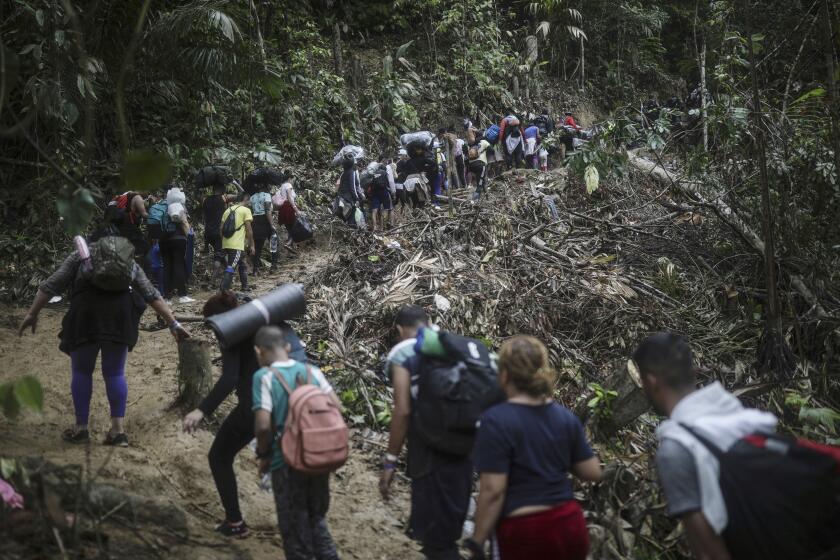Seaweed jungles: masses of algae vital to the Patagonian ecosystem
The phantasmagoric appearance of seaweed jungles makes them look like they would choke out all other life, but just the opposite is true - these masses of algae are alive with some 240 species, which makes them indispensable for maintaining Patagonia’s ecosystem and biodiversity.
These amalgams of brown algae, which can be 70 meters (230 feet) thick from the surface of the ocean to deep underwater, grow in the cold waters of the southern seas, around the Falkland Islands and all along the Pacific coast, particularly off southern Chile, forming great stretches of submarine jungle.
The Yendegaia Fjord in the Chilean segment of the Beagle Channel - a 280-kilometer (174-mile) strait that separates the southernmost Argentine city, Ushuaia, from the Chilean harbor of Puerto Williams - is an ideal place to observe the life supported by these algae.
Last July a group of researchers from the Dynamic Research Center of High Latitudes (Ideal) of the Austral University of Chile, with EFE also on board, set out to study the ecosystem created within a seaweed jungle.
“These jungles are important areas for the reproduction and feeding of animal life and support everything from bacteria to large predators,” EFE was told by Mauricio Palacios, who is studying for a doctor’s degree in marine biology at the Austral University of Chile, and who is researching the reaction of these algae to environmental changes.
Miguel Pardo, a doctor of marine biology and member of the Ideal Center, confirmed in a statement to EFE that the seaweed jungles are vital to the Patagonian ecosystem and that this part of the world would be very different without the algae.
“Here we can find 100 species starting with spider crabs, king crabs, sea urchins, snails, limpets and so on,” Pardo said.
In Chilean Patagonia only limited studies have been made of these algae, which, faced with an “eventual climate change, could switch their habitat or colonize new areas of South America,” Palacios said about the importance of understanding how the seaweed will react to different environmental conditions.
A worldwide study in 2016 found that in a period of 100 years, in some areas of Oceania, seaweed jungles “disappeared completely due to the increase of warm water currents, while elsewhere on the planet they colonized new areas,” added the researcher, who with his pioneering study aims to track what happens to the algae under different light and water conditions.
The influence of the Stoppani glacier, located a few kilometers from Yendegaia, makes the latter an ideal place to observe the biology of these algae, since marine conditions change just a short distance away.
Palacios made a series of dives in the area to collect samples, and the first analyses showed that the seaweed is highly resistant and adapts to “stressful” environmental conditions.
But climate change isn’t the only threat to these seaweed-rich areas: fishing and, specifically, the “harvest” of these algae also reduces their presence and can endanger their existence.
The algae have multiple applications in the production of cosmetics, pharmaceuticals and even food for animals and humans.
Also taking part in the Ideal Center expedition was Oxford University researcher Alejandra Mora, who in her doctorate studies is developing an index that permits the aerial detection of seaweed jungles around the world.
“My objective is to establish a system of monitoring by satellite the changes caused by the weather and compare year by year the modification of these seaweed jungles,” said Mora, who took a drone and an underwater robot down to Chile in order to substantiate, at the exact location, the map she has been developing by remote technology.
“Mapping habitats with drones is very recent. It’s still a work of trial and error to be able to establish new methodologies of work,” said Mora, who hopes her study will help with the aerial detection of other species. EFE-EPA pl-rfg/cd



